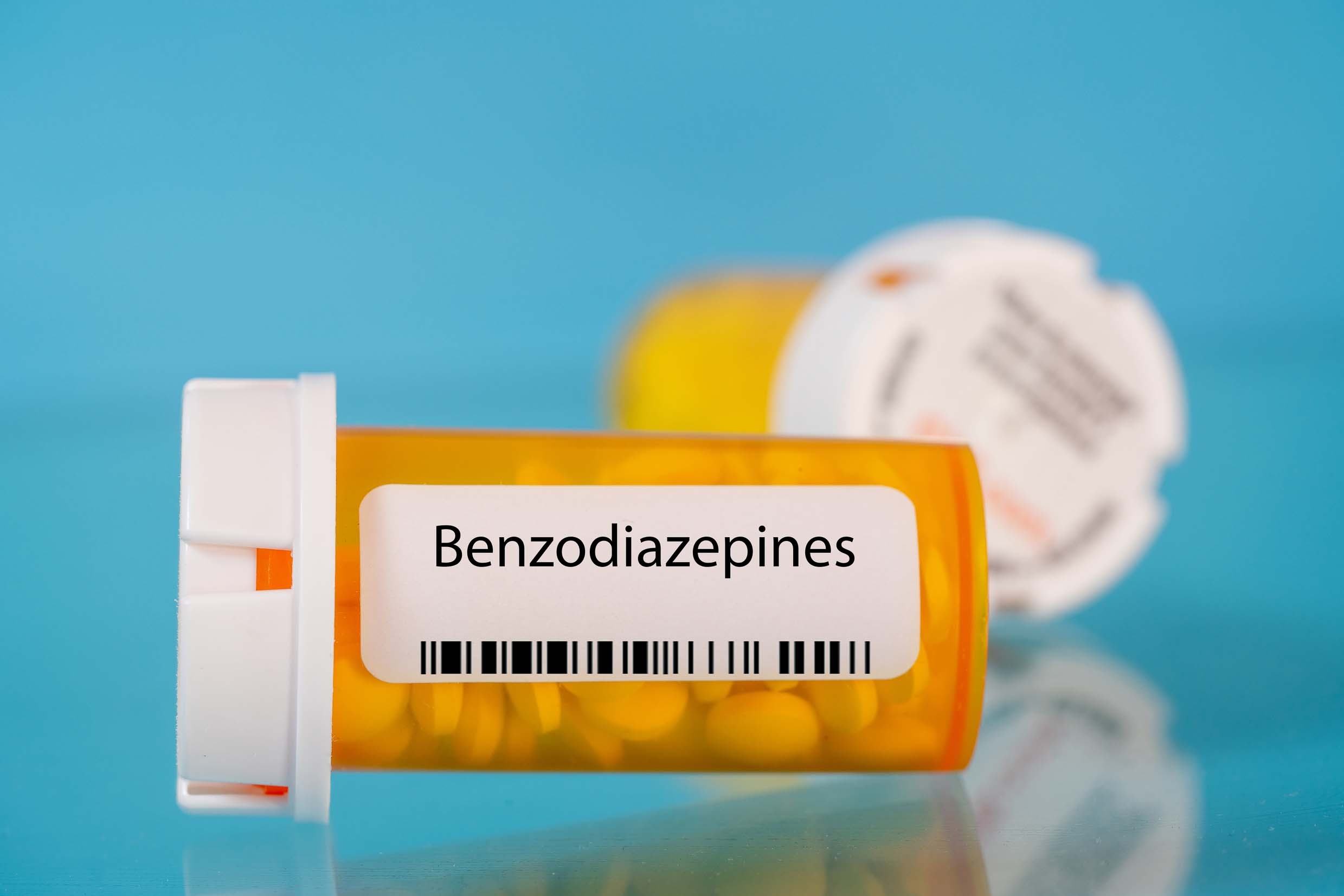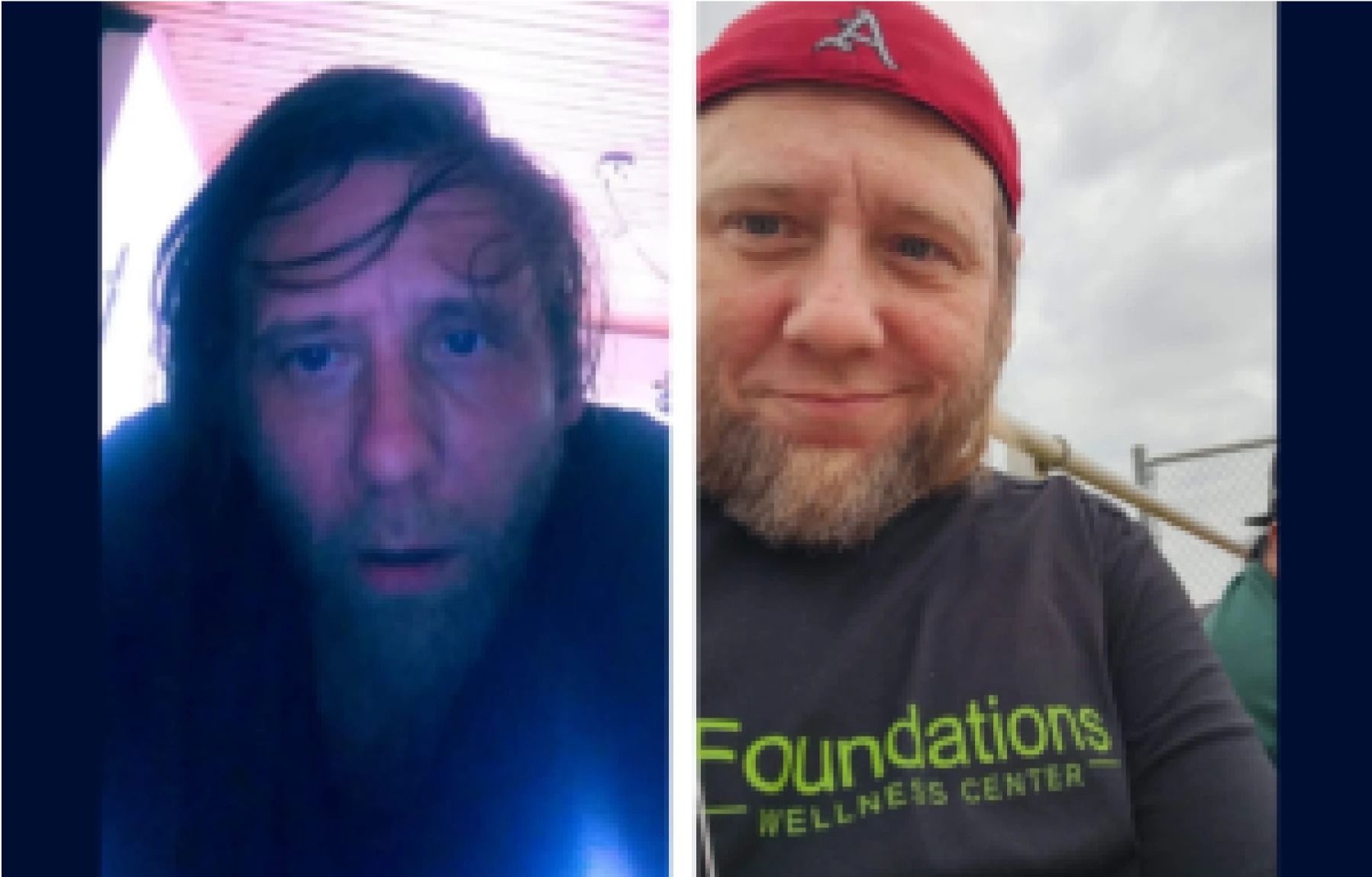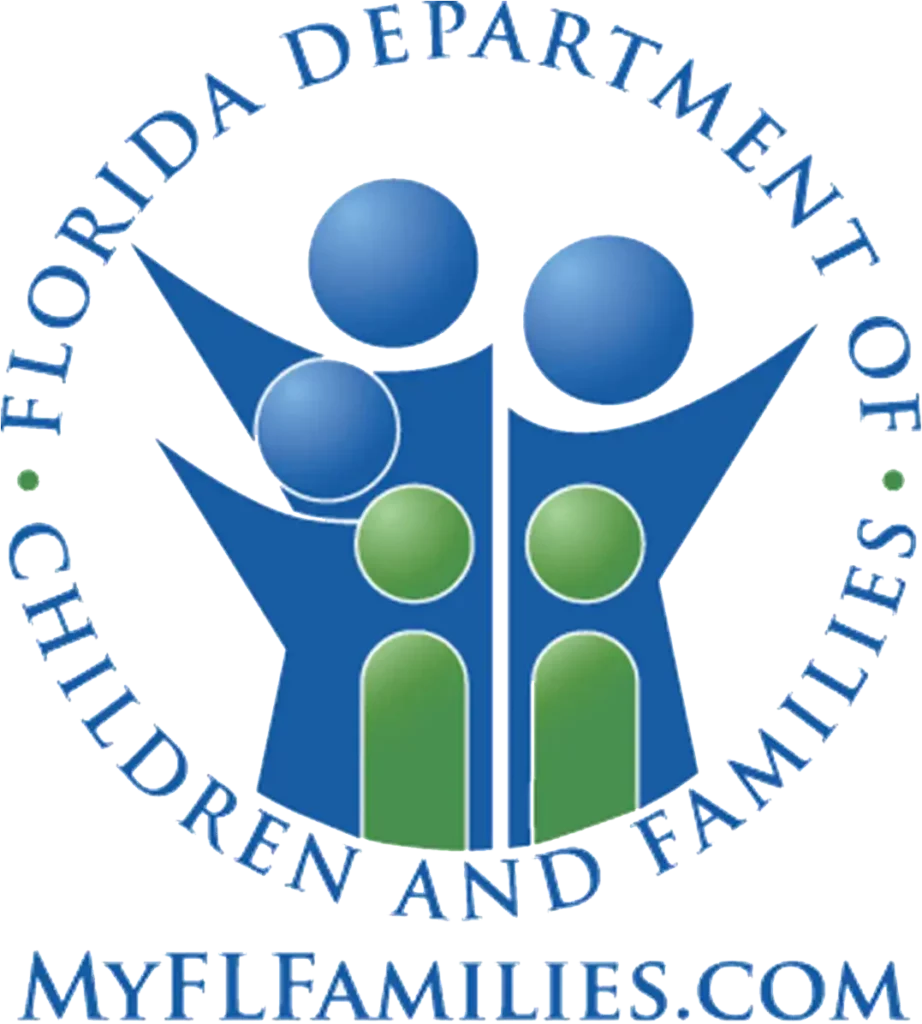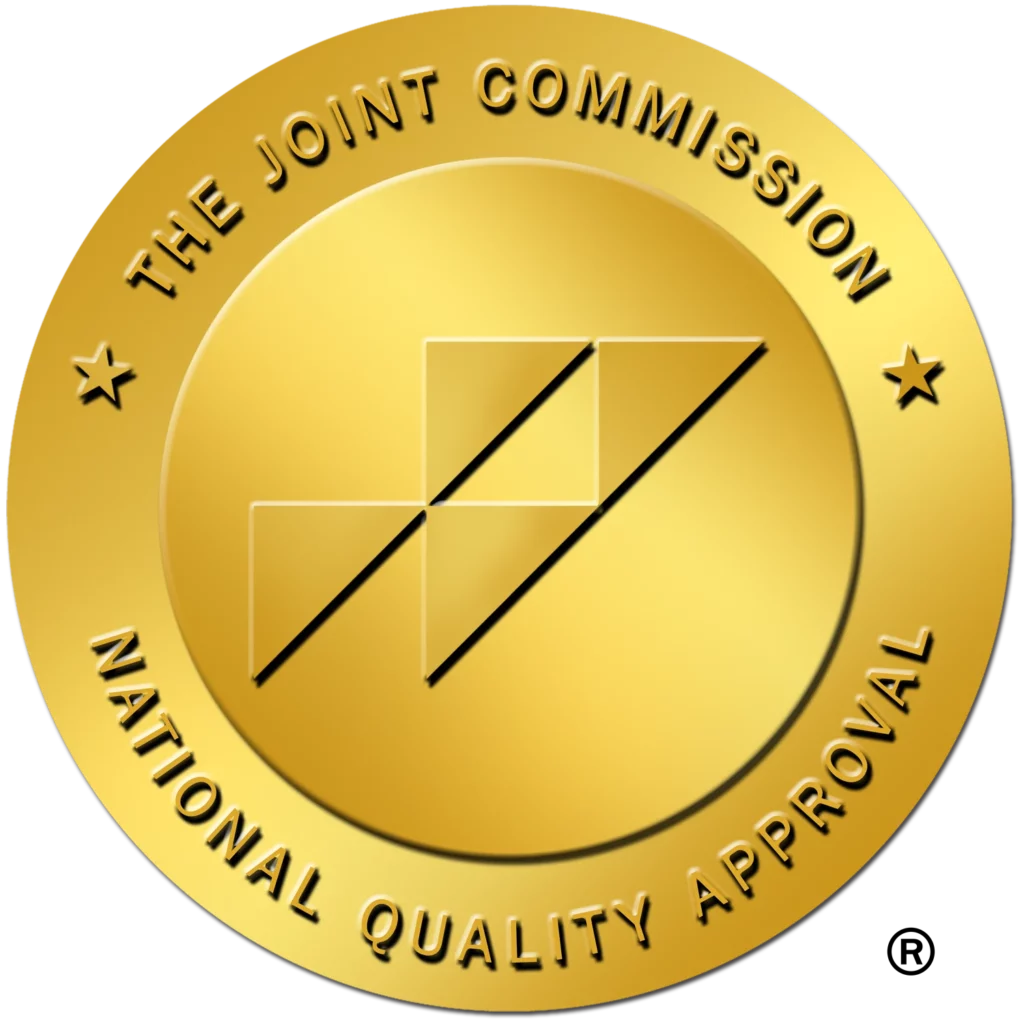Will You Ever Feel Happy Again After Opioid Addiction?
This entry was posted in Addiction News and tagged after opioid addiction, happy again after opioid addiction, opioid statistics on September 11, 2023 by Justin Baksh, MS, LMHC, MCAP, Chief Clinical Officer.

The opioid crisis is more than a collection of alarming statistics. It’s about people – individuals who have found themselves ensnared in a cycle of addiction, families torn apart, and communities struggling to respond. Among the many tragic consequences of opioid addiction is the diminished capacity for natural pleasure, the joy and satisfaction derived from everyday experiences that many of us take for granted.
Opioid Addiction & Crisis
Opioid addiction is a chronic medical condition characterized by the compulsive use of opioids – powerful pain-relieving drugs – despite harmful consequences for a person’s health and well-being. It’s not simply a matter of willpower or moral failing. Rather, opioid addiction is a complex interplay of genetic, environmental, and psychological factors that lead to changes in the brain’s reward system.
The opioid crisis, a term that has become all too familiar in recent years, refers to the devastating surge in opioid-related overdoses and deaths sweeping across the United States and other parts of the world. Fueled by a combination of over-prescription, illicit drug use, the crisis has become a public health emergency of unprecedented proportions.
Among people aged 12 or older in 2021, 2.0 percent (or 5.6 million people) had an opioid use disorder in the past year. The percentage of adults aged 26 or older (2.2 percent. or 4.9 million people) with an opioid use disorder was higher than the percentages of adolescents aged 12 to 17 (1.0 percent, or 259,000 people) or young adults aged 18 to 25 (1.3 percent, or 438,000 people). The opioid overdose rate accounts for over 75 percent of the record-breaking number overdoses in 2021.
But how exactly does it affect the brain and the feeling of pleasure?
Understanding the Brain’s Natural Reward System
The brain’s reward system consists of a group of neural structures that work together to help us feel pleasure and motivation, along with reinforcing that behaviour. It plays a crucial role in our survival by incentivizing actions that promote well-being and the continuation of our species, such as eating nourishing food or forming social bonds.
When you encounter a positive stimulus, such as a delicious meal or a warm hug from a loved one, the brain recognizes this as something that should be repeated. In response to the positive stimulus, neurons in areas like the ventral tegmental area (VTA) release the neurotransmitter dopamine into regions such as the nucleus accumbens.
The release of dopamine gives us a sense of pleasure and contentment. It also builds a connection between the action and the positive feeling, motivating you to repeat the behavior in the future. The reward system also works with other areas of the brain that control memory and learning, such as the hippocampus. This helps you remember the pleasurable experience, reinforcing the desire to engage in that behavior again.
In a healthy brain, the reward system maintains a delicate balance. It provides enough pleasure to encourage beneficial behaviours, but not so much that these behaviours become compulsive or harmful.
The natural reward system is a beautifully complex mechanism that guides our actions and choices toward what is beneficial for us. It fosters connections, encourages healthy habits, and contributes to our overall happiness.
How Opioids Disrupt the Natural Reward System
In the context of opioid addiction, the natural functioning of this system is disrupted, leading to a dependence on external substances for pleasure and a diminished ability to derive joy from everyday experiences.
Opioids work by binding to specific receptors known as opioid receptors in the brain, spinal cord, and other parts of the body. This binding triggers a series of events that culminate in a reduced perception of pain and a feeling of euphoria.
Opioid addiction impacts the brain by:
- Amplified Dopamine Release: Opioids cause a much more significant release of dopamine than natural rewards do. The intense pleasure associated with this dopamine flood leads to a strong desire to repeat the experience.
- Hijacking the Natural System: Over time, the brain becomes reliant on opioids to experience pleasure, overshadowing natural rewards like food or social interactions. This creates a situation where the individual’s ability to derive pleasure from everyday experiences diminishes, and the pursuit of opioids takes precedence.
- Building Tolerance: The brain adapts to the constant influx of opioids by reducing the number of receptors or their responsiveness. This leads to tolerance, the need for larger doses in order to feel the same effect.
- Physical Dependence: The altered state of the brain’s reward system leads to physical dependence, where the absence of opioids causes withdrawal symptoms like nausea, pain, and anxiety.
- Psychological Addiction: The relentless pursuit of the pleasurable feelings opioid drugs provide, combined with the aversion to withdrawal symptoms, evolves into a psychological addiction. Here, the need for the drug becomes a driving force in the person’s life, affecting decisions, relationships, and overall well-being.
- The Cycle of Addiction: The interplay between physical dependence and psychological addiction creates a vicious cycle where the individual is trapped in a continuous loop of seeking, using, and recovering from the effects of opioids.
Effects of Opioid Addiction
Opioid addiction’s effects span from immediate physical symptoms to profound long-term consequences that can permeate every aspect of a person’s life.
Short-Term Effects of Opioid Addiction
- Euphoria: A powerful sense of well-being or joy.
- Drowsiness: Feeling unusually tired or sedated.
- Respiratory Depression: Slowed or shallow breathing, which can be life-threatening.
- Nausea and Vomiting: Gastrointestinal discomfort.
- Impaired Judgment: Difficulty making sound decisions.
- Decreased Motor Skills: Lack of coordination and physical control.
- Increased Risk of Overdose: Particularly when mixed with other substances like alcohol or sedatives.
Long-Term Effects of Opioid Addiction
- Tolerance: Needing more of the drug to achieve the desired effect.
- Dependence: Physical reliance on the drug, leading to withdrawal symptoms without it.
- Chronic Pain: Ironically, extended opioid use can lead to increased sensitivity to pain.
- Liver Damage: Particularly if the opioids are combined with substances like acetaminophen.
- Respiratory Issues: Chronic respiratory depression can lead to other long-term breathing issues.
- Depression and Anxiety: Chronic use can lead to or worsen these and other mental health conditions.
- Difficulty Experiencing Pleasure: Reduced ability to enjoy natural rewards or everyday experiences.
- Social Isolation: Addiction behaviours can lead to strained relationships with family and friends.
- Financial Instability: The cost of obtaining opioids can lead to financial hardships.
- Employment Challenges: Difficulty maintaining a job due to impaired performance or absenteeism.
- Legal Issues: Possibility of legal troubles related to obtaining or using opioids.
The Path to Recovery: Rebuilding Natural Pleasure
Opioid detox and addiction treatment is a journey from disruption to restoration of the brain’s natural reward system. This complex process is challenging, but the brain has an incredible ability to heal and reconnect with natural pleasures.
Phase 1: Withdrawal Phase
The process of returning to health starts with the withdrawal phase. During the initial detoxification from opioids, the sudden absence of the drug triggers withdrawal symptoms.
The brain’s reward system, now dependent on opioids, reacts with distress. The physical symptoms of nausea, sweating, muscle aches, and more are accompanied by anxiety, depression and irritability. On top of that, the lack of dopamine release that the brain has become accustomed to leads to intense cravings and an inability to derive pleasure from usual activities.
Medication-Assisted Treatment (MAT) can make this process easier. Medically supervised detox often includes medications to ease withdrawal symptoms, helping to stabilize the brain’s reward system and reduce discomfort, including:
- Methadone: Methadone activates the same receptors targeted by other opioids, but in a manner that’s more controlled and deliberate. By providing a steady, controlled release of opioids, methadone reduces cravings and withdrawal symptoms without creating a high. This helps bridge the gap between addiction and recovery, allowing the brain’s natural reward system to gradually readjust.
- Buprenorphine: Buprenorphine is a partial opioid agonist, meaning it partially activates opioid receptors. Buprenorphine helps to manage withdrawal symptoms and cravings but has a ceiling effect, limiting the risk of misuse. It assists in normalizing the brain’s reward system by providing some of the effects opioids do without reinforcing the addiction cycle.
- Naltrexone: Unlike methadone and buprenorphine, naltrexone blocks opioid receptors. Naltrexone is typically used after detox to help prevent relapse. By blocking the effects of opioids, it discourages use and supports the continued healing of the brain’s reward system.
- Suboxone (Buprenorphine and Naloxone): Combines buprenorphine with naloxone, to reduce the potential for misuse. Healing Effects: Works similarly to buprenorphine alone but with an added safeguard against abuse. Although the detox process can be challenging, it’s important to remember that after detox is when the real work begins.
Phase 2: Addiction Treatment and Recovery
The brain’s reward system doesn’t heal overnight. Long-term recovery programs and continuous support are crucial for sustained healing.
Qualified addition treatment programs are a tremendous aid in the process of gradually rebuild the brain’s reward response. Over time, and with the support of various therapies, the brain’s natural reward system begins to heal. Techniques like Cognitive-Behavioral Therapy (CBT) work to identify triggers and develop coping strategies, fostering a healthier relationship with natural rewards.
You can also help this process along by reconnecting with natural pleasures. Engage in hobbies, reconnect with loved ones, and participate in other pleasurable activities to help retrain the brain to respond to natural rewards. Activities that foster personal growth and connections with others become key components of long-term recovery.
Gradually, dopamine levels will start to normalize, allowing individuals to experience pleasure and motivation without the need for opioids.
It’s important to remember that recovery is an ongoing process, and the altered reward system can make individuals susceptible to relapse. Continued addiction and mental health treatment and support, coping strategies, and understanding of the underlying brain mechanisms are essential to resilience.
Keep Hope Alive
In the face of opioid addiction, a condition that disrupts lives and communities, hope is not lost. Recovery is not only possible, but it’s a journey back to the beautiful complexity of human experience and connection. With dedicated support, proper medical treatment, and an unwavering commitment to healing, individuals can rebuild the natural pleasure systems that opioids have overshadowed.
The path may be challenging, but the human brain’s incredible capacity for resilience means that joy, fulfillment, and the simple pleasures of everyday life can be rediscovered. For those affected by opioid addiction, a new chapter awaits, filled with potential, growth, and the promise of a life renewed.










